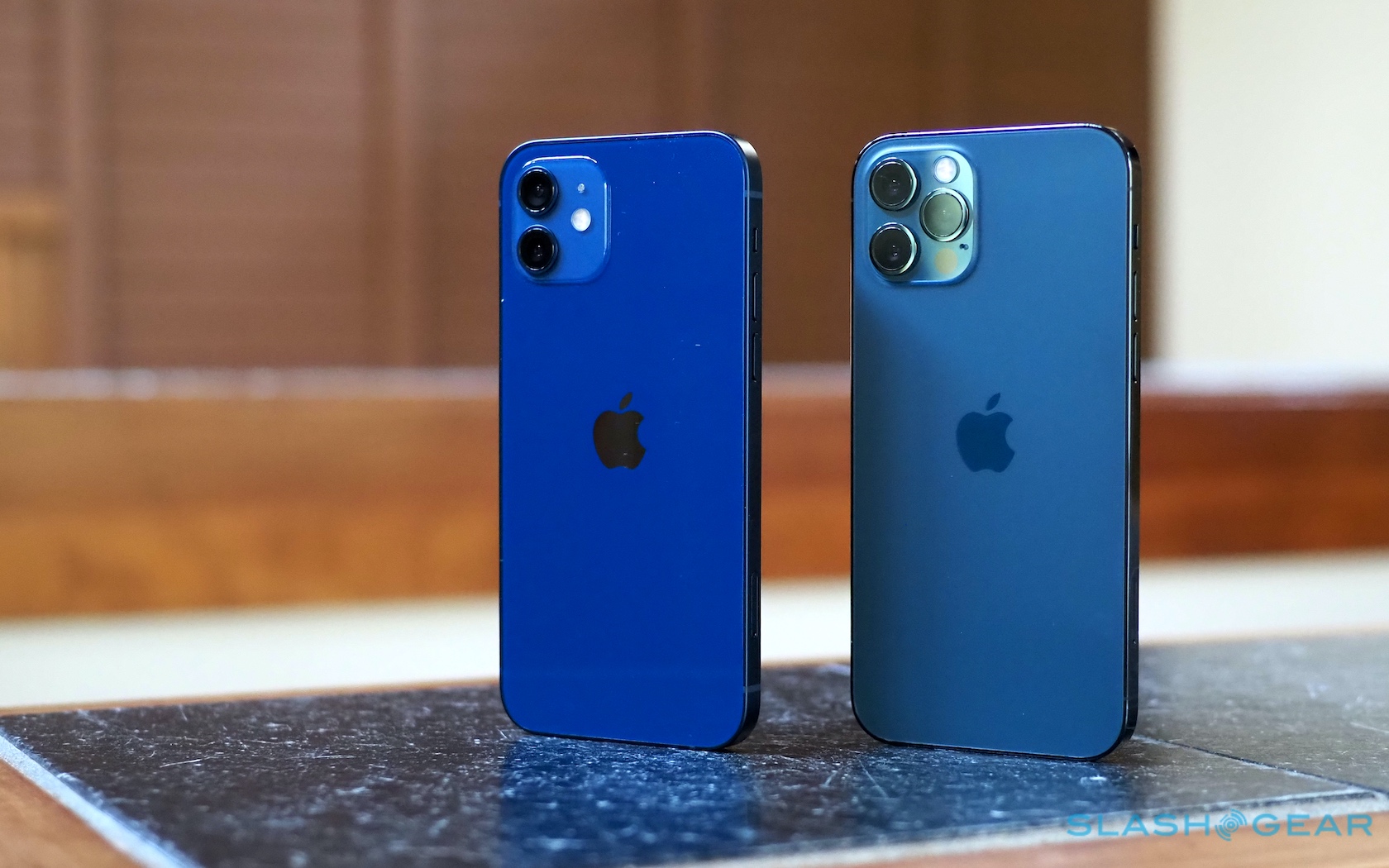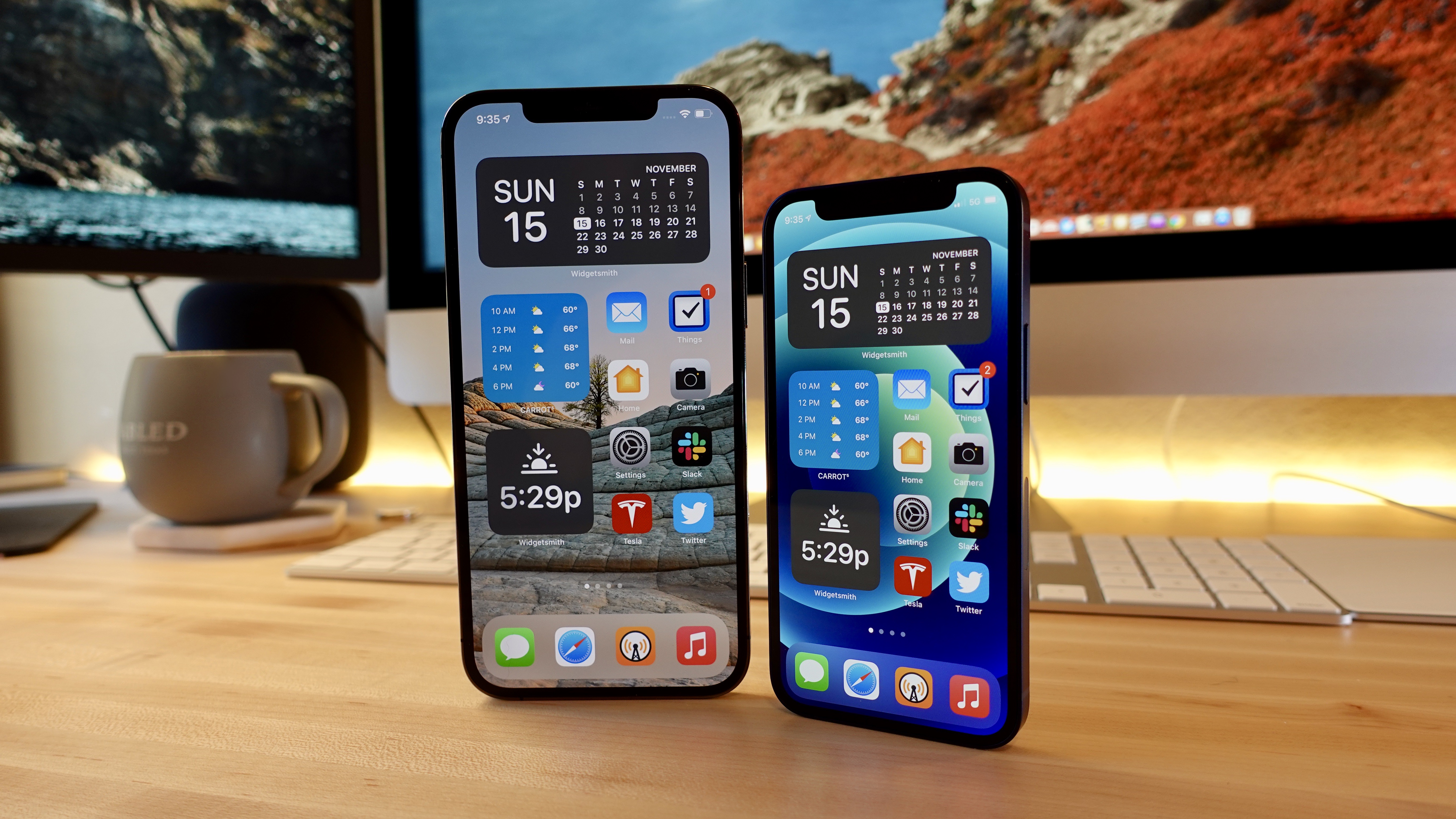

I mean, 10x digital zoom does look better. Unfortunately, other than extending the computational modes like deep fusion across all the cameras, Apple didn't really do much to improve the telephoto camera's zoom-in aspect this year.
Comparison iphone 12 and 12 pro pro#
I'll almost always default to the telephoto if I can, which is why I'll almost always default to the iPhone Pro if I can.

IPhone 12 Pro Telephoto (Georgia) (Image credit: Rene Ritchie) This is why photographers love 50mm lenses, 80mm lenses even, so much for everything from portraits to product shots. That same distortion I talked about with the 22mm also makes close objects look much closer, and farther objects look much farther, whether that's a nose and a hoodie or a person and a tree. But the lenses don't just look closer or further away they compress depth to a lesser or greater degree. I mean, sometimes you can sneaker zoom in or out, though not always. Which is why I like having the telephoto so much. In Apple terms, where the ultra-wide lets you step back from 1x to 0.5x, the telephoto lets you step forward to 2x.

Similar to what the dual cameras had on the iPhones 7 through XS. In addition to the same wide and ultra-wide cameras, the 12 Pro also has an effective 52mm, f/2.0 telephoto camera. Where the iPhone 12 Pro stands out is the extra cameras and sensors. IPhone cameras (Image credit: Rene Ritchie) Especially in low light and depth compared to the iPhone 7 or HDR compared to the iPhone XS. Some phones have bigger optics, others better algorithms, but no one is currently balancing the atoms and bits the way Apple is with the iPhone, and when you look at the results, not so much year-over-year, but over the stretch of a few years, the improvements are remarkable.

The iPhone can take multiple photos so fast, and round trip them through the image signal processor and compute engines so quickly, that it can just figure out what the different elements are in any given scene, process them on a pixel-by-pixel basis, and take all the best bits from all the best frames and serve you up something far better than the sum of any of those bits. Night Mode just stacks and brackets the crap out of low-light to almost no light photos, so it can bring out the subject while minimizing blur and noise and maintaining that night time mood. Deep fusion works best in the middle, less bright, shadowed, indoors, and the like, preserving texture and detail. Smart HDR typically handles bright scenes, making sure skies aren't blown out or details aren't lost in shadows. (The selfie camera on the front, too, while they were at it.) (I do find the effect works best if I'm at mid-level with my subject.) iPhone 12 Camera: More computationalĪpple's also iterated their smart HDR feature to version 3 and expanded both Night Mode and Deep Fusion to the ultra-wide camera now as well. Typically, that's something that you'd pay thousands and thousands of dollars to get a special, real-world architectural lens for, but here, now it's just one more check off the computational photography boxes. IPhone 12 Ultra Wide Angle (Georgia) (Image credit: Rene Ritchie)


 0 kommentar(er)
0 kommentar(er)
